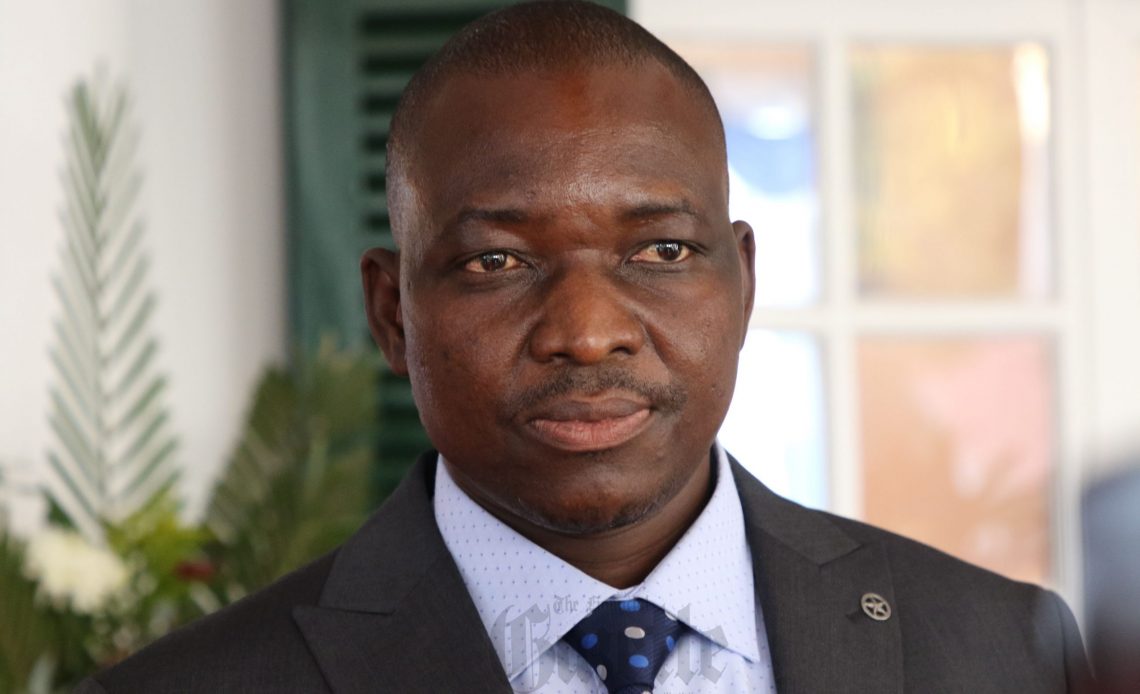LOCAL start-ups, mainly the youth, have taken an active interest in the renewable energy sector riding high on the National Renewable Energy Policy of 2019, which seeks to increase the number of renewable energy projects in the country.
Currently, Zimbabwe has an installed generating capacity of 2 382MW, but has been generating a combined 1 055MW daily against a maximum demand forecast of 1 650MW resulting in a power deficit. Over the years, Zimbabwe has been filling the power deficit through imports from the region, particularly South Africa (SA).
However, with SA having serious long-term problems of its own, this has become more difficult. In a bid to expand the power generation mix, President Emmerson Mnangagwa unveiled incentives to help bring 1 100 MW of new solar projects on stream by 2025. Zimbabwe Energy Regulatory Authority (Zera) has 91 licensed power projects in its register and renewable energy firms dominate the licensed power projects under construction.
“A sufficient and constant supply of electricity is indispensable for economic development. This applies to all areas of a modern economy, beginning with the production sector and including transportation and the service sector all the way down to private households.
“In our quest to bring development and grow the country’s economy, the Second Republic has put all hands on deck to ensure it delivers on its promises.” Mnangagwa said illegal sanctions imposed on Zimbabwe have made it difficult for local companies to access capital to build critical power infrastructure.
“First and foremost, we as the Second Republic cannot put our heads in the sand and say because we have sanctions, we looked inside and looked at our traditional friends for support.
“Hwange units 7 and 8 expansion are complete. The journey began in April 2018 when I visited the People’s Republic of China.
‘‘That discussion with the Chinese president led us to the expansion of Hwange. I had 10 projects and he chose four and one of the four was this one where I was awarded a US$1,3 billion loan to do this. I came here in 2018 to officially do the ground-breaking,” said Mnangagwa.
Apart from government projects, Mnangagwa has opened up the energy sector to the private sector as well as for the participation of youth. Taking the cue from Mnangagwa, Solgas Energy has since constructed a 5MW solar plant in Hwange.
The renewable energy producer has since commenced the phase two expansion of its Cross Mabale solar power plant, to add a further 10 MW to the existing first phase 5 MW output capacity. The Hwange plant, which has become the first Independent Power Producer (IPP) to connect to the national grid, has a capacity of 5 MW to power about 10 000 households.

In addition to the Cross Mabale project, the renewable energy firm is constructing power plants and residential solar systems in Chiredzi, Bulawayo, as well as in the capital Harare. In an interview this week, Solgas Energy co-founder and chief finance officer Tafadzwa Mundicha lauded Mnangagwa’s youth-inclusive policies.
“Our target is to become a key player in Zimbabwe’s energy transition, thanks to the Second Republic for opening up the sector for us.
“To fund the project, we initially looked for foreign investors but their conditions were stringent as most sought sovereign guarantees and were putting a huge political risk premium on the funding which forced us to look for local institutional investors.
“We were accorded Prescribed Asset Status from the ministry of Finance and Economic Development which opened up pension funds and insurance companies as potential investors. ‘‘We partnered with Old Mutual Investments Group (OMIG) in November 2017 who have so far invested circa US$7,3 million into our 1st phase. We are grateful for the support we got from the government.









